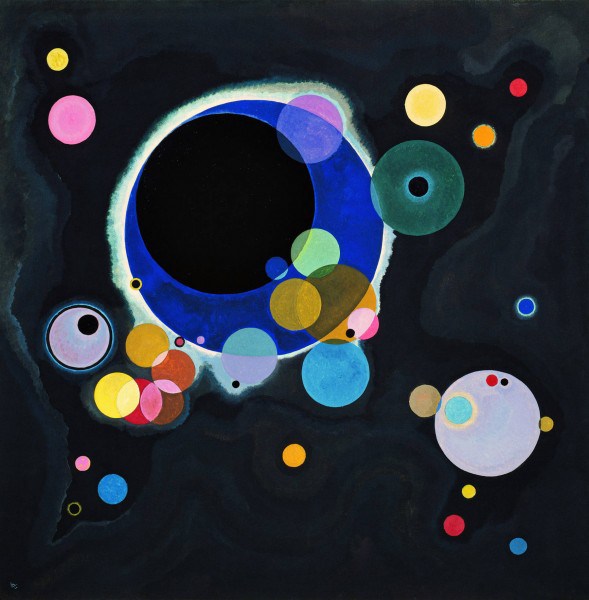
As photographers and artists we exist in a state of constant evolution. We are perpetually gathering knowledge and inspiration, not only from other photographs, but also from what we read, what we listen to, everything that we absorb in our day to day lives. We absorb an experience through one of our senses and it shifts something within us that then gets expressed through the art we create. We are lucky to live in a time where, thanks to the internet, we have access to infinite inspiration from around the world dating back to the beginning of recorded history. The internet has solved the age old problem of access, but has given us the new modern day issue of curation. In this ongoing “The Artist’s Library” series we will serve as curators sharing useful inspiration that we have found in our travels through the internet.
This piece “Kandinsky on the Spiritual Element in Art and the Three Responsibilities of Artists” from Brain Pickings explains and examines the concept that Kandinsky refers to as “the spiritual triangle.”
“Art is a form of nourishment (of consciousness, the spirit),” 31-year-old Susan Sontag wrote in her diary in 1964. “Art holds out the promise of inner wholeness,” wrote Alain de Botton half a century later in the excellent Art as Therapy. But perhaps the greatest meditation on how art serves the soul came more than a century earlier, in 1910, when legendary Russian painter and art theorist Wassily Kandinsky (December 16, 1866–December 13, 1944) published Concerning the Spiritual in Art (free download; public library) — an exploration of the deepest and most authentic motives for making art, the “internal necessity” that impels artists to create as a spiritual impulse and audiences to admire art as a spiritual hunger.
Kandinsky’s words, penned in the period between the Industrial Revolution and the rise of the consumer society, ring with remarkable poignancy today. He begins by considering art as a spiritual antidote to the values of materialism and introduces the notion of “stimmung,” an almost untranslatable concept best explained as the essential spirit of nature, echoing Tolstoy’s notion of emotional infectiousness as the true measure of art.
Read the piece in full at Brainpickings.